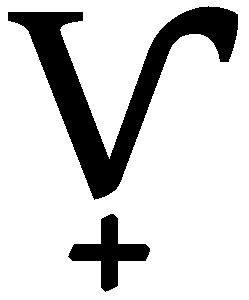IPA number 184 413 Unicode (hex) U+2C71 U+031F | Entity (decimal) ⱱ̟ | |
 | ||
The bilabial flap is an uncommon non-rhotic flap. It is usually, and perhaps always, an allophone of the labiodental flap, though it is the preferred allophone in a minority of languages such as Banda and some of its neighbors.
In Mono, the sound has been described as follows:
In the first step, the lower lip retracts into the oral cavity to a position behind the upper teeth. At the same time, the upper lip descends to wrap over the upper teeth. In the second step, the lower lip moves forward quickly, flapping against the upper lip as it exits the oral cavity. It is voiced throughout the articulation. In addition, during the articulation of the sound, the tongue bunches in the back of the mouth, adding a velar component to the sound.
And, for allophony between the bilabial and dentolabial flap,
The articulation of the sound consists of two stages. First, the lower lip is retracted slowly into the mouth well behind the upper teeth. Second, the lower lip is brought forward rapidly striking the upper lip or upper teeth in passing.
In the literature it has often been transcribed by a w modified by the extra-short diacritic, ⟨w̆⟩. (Since flaps are similar to brief stops, it could alternatively be transcribed as ⟨b̆⟩, but this could lead to interference between the diacritic and the ascender of the base character.)
In 2005 the International Phonetic Association adopted the right hook v symbol to represent the labiodental flap. Since then, the received transcription of the bilabial flap involves employing the labiodental flap symbol modified by an advanced diacritic: ⟨ⱱ̟⟩.
